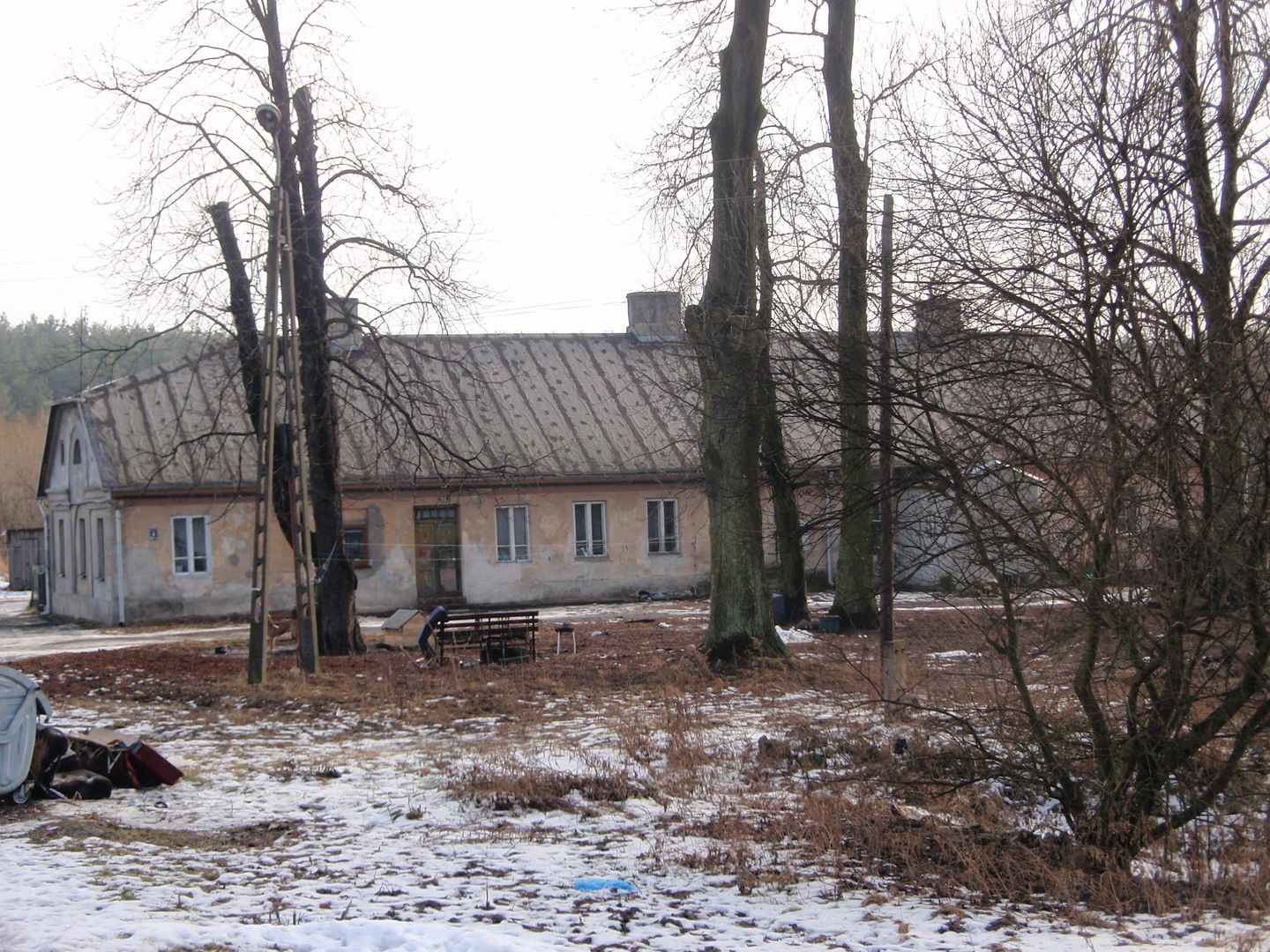19th-century Sławków rolling mill
6.77

Overview
The Sławków Rolling and Foundry Mill, known as the "Sławków Rolling Mill," is a historic industrial facility established between 1825 and 1826 on the Biała Przemsza River as a government investment. It was the second facility of its kind in the Kingdom of Poland, after the one in Białogon, and was overseen by various administrative bodies, including the Olkusz-Siewierz Mining Directorate and the Western Mining District. The mill's architecture featured a main building positioned over a supply channel, which provided water power to drive the rolling machinery. During its operation, the plant underwent several expansions, primarily initiated by the Bank of Poland in 1833 and around 1870. At its peak, the rolling mill processed one-third of the zinc from state-owned smelters, producing tinplate and large-scale iron castings. The history of the facility is closely tied to the adjacent workers' settlement, also called "Walcownia," which consisted of 61 houses and was home to 626 residents, contributing significantly to the development of the local community. The mill was closed in 1888 due to competition from growing steelworks in Dąbrowa Górnicza and Będzin. At the time of its closure, it employed 136 workers, with an annual production value of 120,000 rubles. The site was added to the register of historical monuments in 1981, and remnants of its former drive system, including channels and sluice gates on the Biała Przemsza River, have been preserved, serving as a valuable part of the region's industrial heritage.
Location
2025 Wizytor | All Rights Reserved